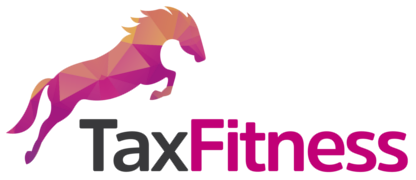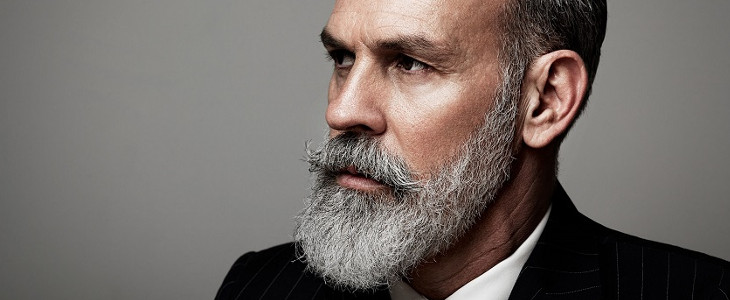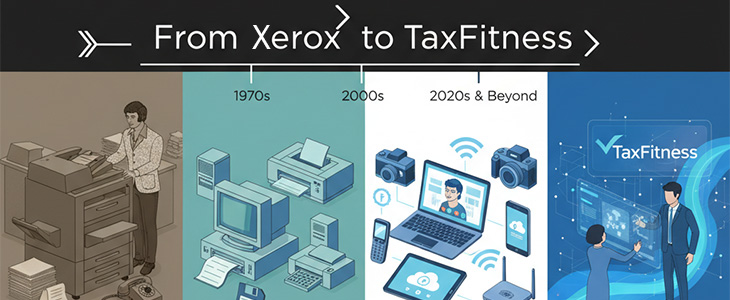Upselling
21 May 2019
Upselling can involve marketing more profitable services or products, or just exposing the customer to other options that were not considered. Upselling is more successful when the up sellers know more about the individual customer and understands what the customer values and wants. This information includes the customer's background, budget, preferences, interests, and previous buyer history.
Research shows that approximately 25% of customers will purchase the recommended upsell product or service. Most companies teach their employees to upsell products and services and to offer incentives and bonuses to the most successful personnel. Care must be taken with upselling as a poorly trained employee can offend a regular and loyal customer and damage their trust and credibility. Also, with some businesses, such as car sales, the customer's perception of the attempted upsell can be viewed negatively and impact on the desired result.
The secret to successful upselling is:
- Make the upsell after the original purchase.
- Make the upsell relevant to the customers original purchase.
- Limit upselling recommendations. i.e. only one or two.
- Discount the products/services in the upsell.
- Successful upselling begins with a solution to their problems – always add value.
- Never try and upsell items that are more than 25% of the original order.
"You’d be stupid not to try to cut your tax bill and those that don’t are stupid in business"
- Bono: U2





